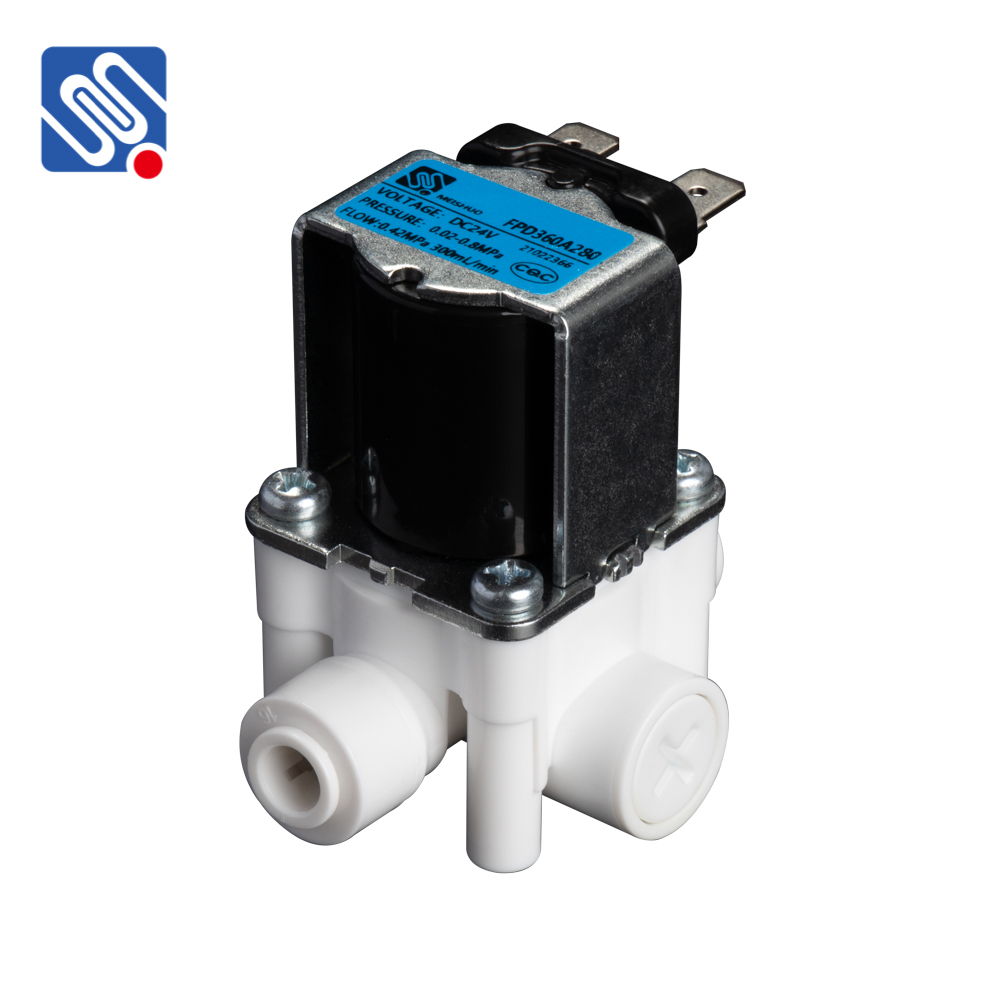A DC Solenoid Valve is an electromechanical device used to control the flow of fluids or gases in various systems. By utilizing an electric current to generate a magnetic field, it enables rapid, precise control over fluid flow, offering various advantages in automation and fluid management. This article delves into the workings, benefits, and applications of DC solenoid valves, shedding light on their essential role in modern technology and industry.

What is a DC Solenoid Valve? At its core, a DC solenoid valve is a valve that uses a direct current (DC) electric current to control its operation. The valve consists of a solenoid, which is a coil of wire through which an electric current is passed. When current flows through the solenoid, it generates a magnetic field that activates a plunger or valve mechanism, which either opens or closes the valve, depending on the configuration. The primary advantage of using DC-powered solenoid valves over their AC counterparts is the efficiency and response speed. The DC-powered versions can often be more compact, lightweight, and energy-efficient, making them a popular choice for applications where space, power, and fast response are critical.